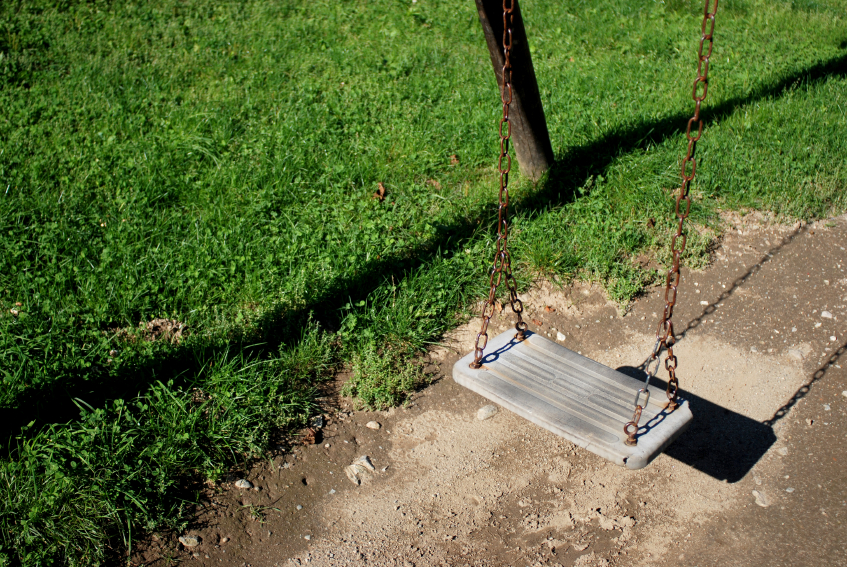
Wpg Free Press: Daycare should be affordable to all
The following is an op-ed written by Susan Prentice, a professor in the department of sociology and criminology. It originally appeared in the Winnipeg Free Press on Feb 13, 2019.
A new report on child-care fees contains mixed reviews of Manitoba and raises important questions about public policy. A closer look complicates the congratulatory confidence that Manitoba’s fees are among the lowest in Canada (“City second in daycare affordability,” Winnipeg Free Press, Feb. 8).
For families with young children, Manitoba’s child-care deficit is a grave concern. The province has a licensed child-care space for fewer than one in five children, much worse than the national average. Not surprisingly, wait times are long — averaging 15 months, according to recent surveys. Low provincial fees are small comfort to parents who can’t find a child-care place when they need one
If parents can find a space in a not-for-profit child-care centre or licensed family home, they usually pay a provincewide flat fee. The median cost for infants (whose developmental needs are higher, and who therefore require better adult-to-child ratios) averages $7,812 per year per child, while fees for older children are lower.
But the story is complicated. Some Manitoba child-care facilities charge much more than the celebrated flat fee. In fact, in for-profit centres, owners can charge what they want. Among profit-making centres, Manitoba is actually the most expensive province in Canada, with median infant fees of $20,200 per year per child. This is far from affordable.
Low-income Manitobans also find themselves priced out of licensed child care. Family incomes must be well below the poverty line before a parent qualifies for a maximum fee subsidy. Yet even with a maximum subsidy, most parents will pay surcharges of more than $500 per year per child. Daycare will cost a subsidized parent with two children in excess of $1,000 per year.
Canadian economists have determined child care is “unaffordable” when it eats up more than 10 per cent of family income. Other countries are more generous. Sweden, for example, has determined daycare should cost no more than five per cent of a two-child family’s net income.
Affordability was a concern for the 2016 Manitoba Commission on Early Learning and Child Care. It recommended a sliding fee scale that maxed out at 10 per cent of median family income, with more modest thresholds for lower-income families. It recommended the daily surcharge for subsidized families should be eliminated.
In Manitoba, subsidy eligibility is brutally severe: a two-parent family with two preschool children must have a net annual family income of less than $22,504 to qualify for a maximum subsidy. Families must earn exceptionally low incomes to qualify, yet still must pay the daily surcharges. As a result, it’s sad but not surprising that barely 7,000 Manitoban children in a provincial system with 36,779 licensed spaces qualify for any fee support.
Prudently, Manitoba regulations currently ensure commercial child-care centres are generally ineligible for supply-side operating grants or payments for subsidized children. The logic is watertight: taxpayer dollars should not underwrite ongoing private profits nor help to accumulate personal assets. After all, if a not-for-profit child-care centre closes, it must divest its assets only to another not-for-profit organization.
In contrast, a commercial child-care operator can sell their business to the highest bidder and walk away with the proceeds in their pocket. For this reason, the Pallister government’s recent decision to give away more than $2 million through tax credits to private businesses to start up workplace child-care centres (which charge higher-than-average fees) is irresponsible stewardship of the public purse.
There are big gaps in child-care affordability in Manitoba. Many parents find even the flat fees cost more than 10 per cent of their net income. Fee-paying parents in for-profit centres pay sky-high bills, and low-income parents are squeezed out by punitively restrictive subsidy eligibility criteria. For-profit centres are benefiting from growing fiscal incentives. There is an absolute shortage of spaces, and facilities are too often unable to recruit and retain early childhood educators, since they can’t pay fair wages due to the financing architecture.
Manitoba needs to do much more to ensure meaningful affordability for parents, and to stabilize a quality early learning and care system with trained early childhood educators.






